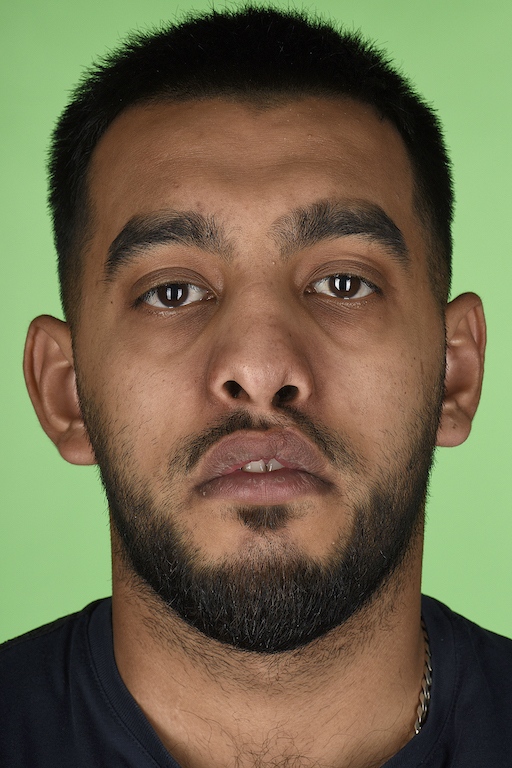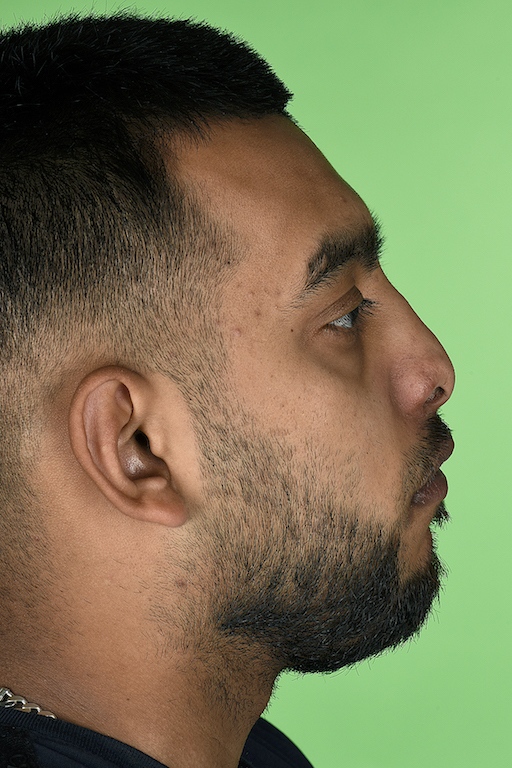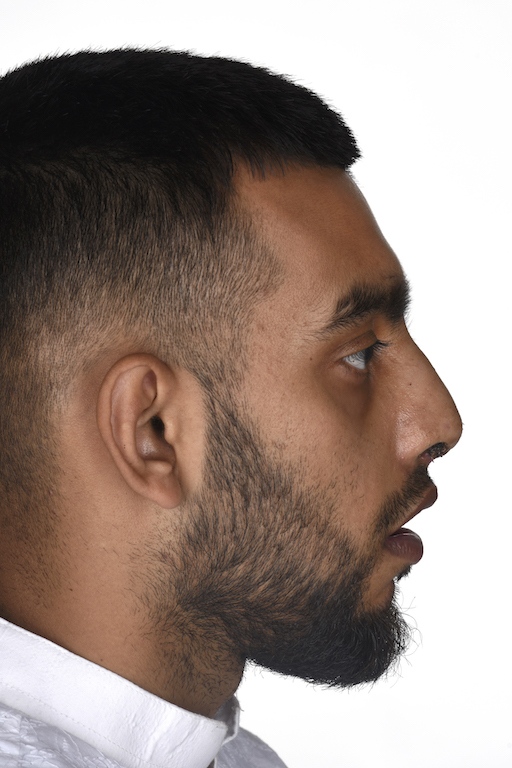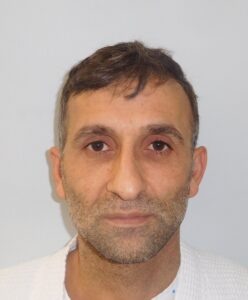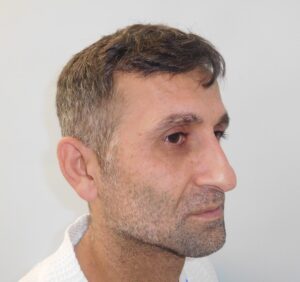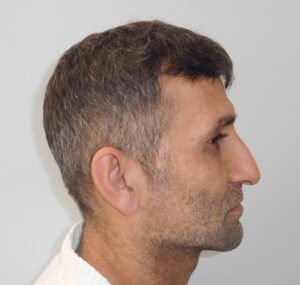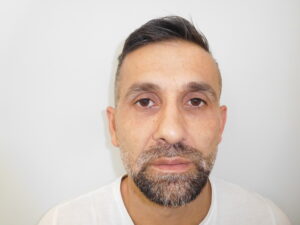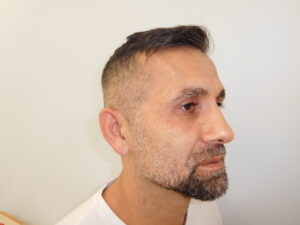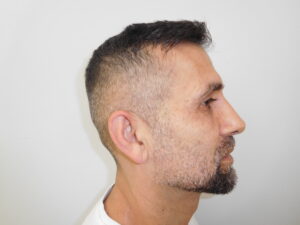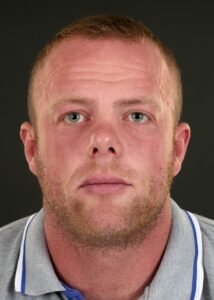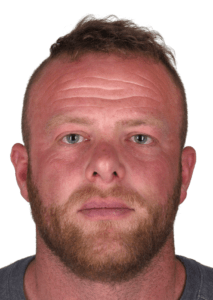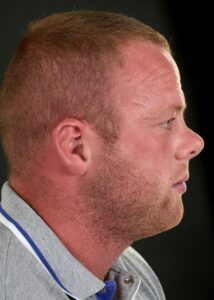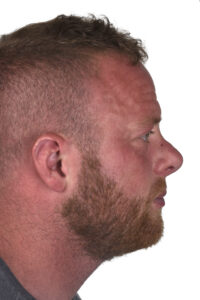Rhinoplasty(nose)
Dr. Ertan Erel
Nose surgery may be desired because the nose is too big or misshapen. In some patients, nose may have been injured and it may be difficult to breathe through the nose properly or as a result of a congenital abnormality such as cleft lip and palate causing dissatisfaction. Surgery is not normally considered until the nose is fully grown, that is from about 18 onwards.
If the nose shape is going to be altered this procedure is called rhinoplasty. In addition, If the central support of the nose, the septum, needs adjustment, the operation is called septorhinoplasty. The nose needs careful assessment at consultation so that possible treatment can be explained as well as the likely result. Mr Erel has special interest in nasal reconstruction following trauma. As part of his NHS practice he performs most complicated septorhinoplasty operations jointly with ENT surgeons to rebuild the support structures of the nose and restore natural looking noses tailored to the patient’s wishes. In some cases where several operations performed previously with no tip support or collapsed noses Mr Erel harvests rib cartilages to rebuild noses and restore adequate breathing.
Rhinoplasty requires a general anaesthetic (asleep) day case or night stay. If the work is mainly to the bridge of the nose (dehump) all the access is from inside the nostrils with no external scars (closed rhinoplasty). If some work is required to the tip, Mr Erel may advise an open rhinoplasty which leaves a scar in the skin across the central pillar of the nose about half way between the upper lip and the nose tip. Open technique is Mr Erel’s preferred choice in most cases where accurate corrections can be made by direct visualisation.
Surgery to the bridge area usually requires remodelling of the bridge area and a splint is applied to the nose at the end of the operation and stays in place for 7 days whilst the bones set. There is usually a small incision is made at the sides of the nose (2-3mm) for bony remodelling which leaves a small scar and it is hardly noticeable. There is more bruising around the eyes with bony remodelling and this takes usually 2 weeks to settle.
Following the operation, if remodelling of the bones performed each nostril is usually packed with a dressing at the end of the operation to reduce bleeding and to provide internal support. Packs are gently removed the next morning. If dissolvable packs are used they need to be wetted with normal saline for a few days. Whilst the packs are in place it is necessary to breathe through the mouth. Pack removal is not usually painful, just a little uncomfortable.
Post operatively, it is important to take life gently to avoid bleeding and damaging to the repair. Depending on work, you should plan at least 7 days off (desk job), bearing in mind that bruising may still be obvious at that stage. For jobs where the nose is likely to get knocked, 2 to 3 weeks is advisable.
Most nasal swelling has settled by 3 weeks for closed rhinoplasty but for open rhinoplasty, the tip takes much longer, changing subtly over several months. Skin quality also affects this. Similarly, the nose tip can be quite numb for the same length of time after the open approach.
Following rhinoplasty some patients may require revision surgery which can be performed following minimum one year waiting period. This period is required for swelling and scarring to settle down to achieve better correction.
Provided your expectations of surgery are realistic and achievable, cosmetic nasal surgery can provide significant satisfaction and increase of self-confidence, whilst relief of nasal obstruction in the blocked nose is highly beneficial and may even reduce or abolish snoring if the obstruction was the cause.

